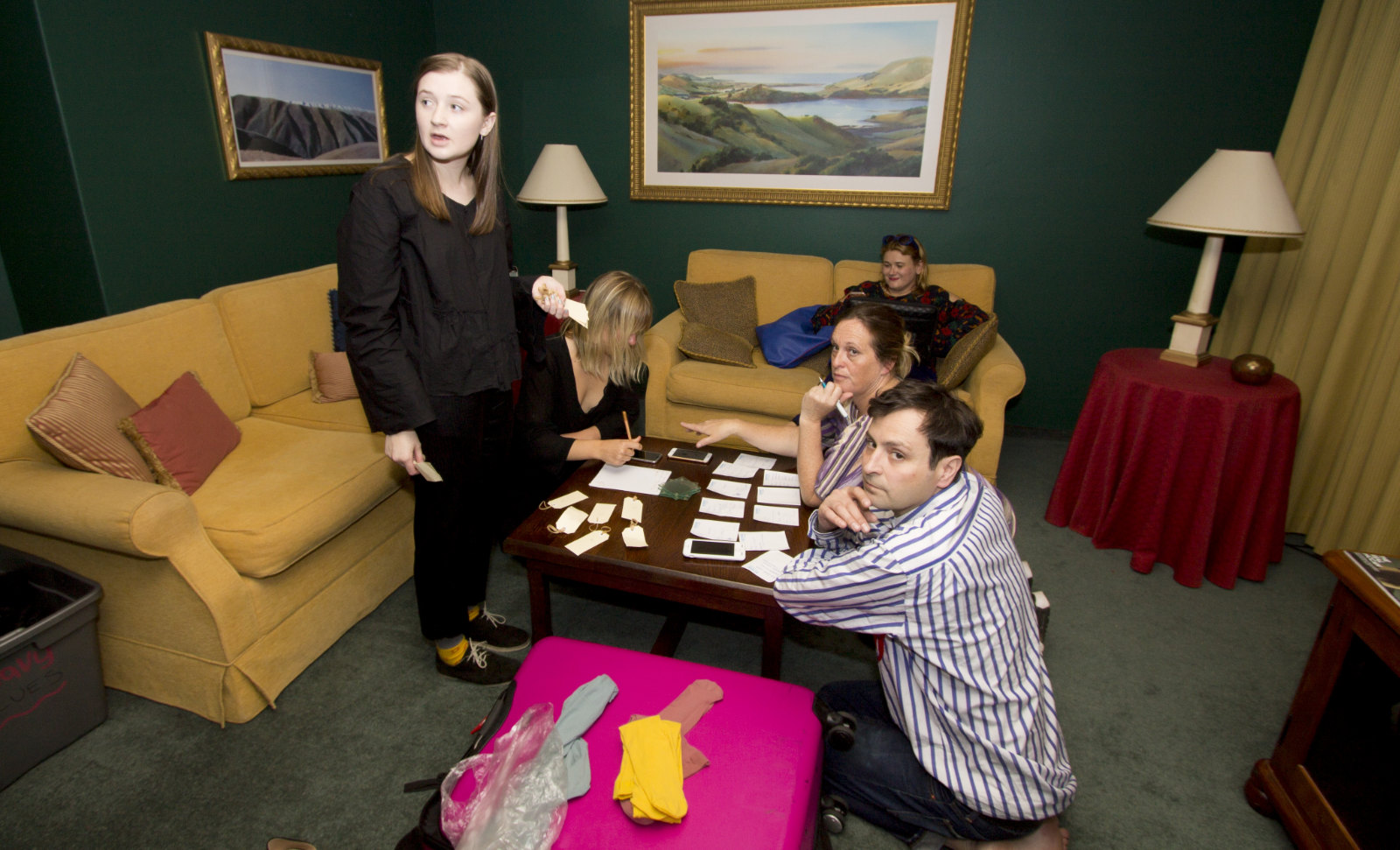
Behind the scenes Paulo Melim Andersson judges with the panel at the ID Emerging Designers’ Awards
FASHION Chris Park catches up with the Swedish-born designer whose work has graced the lines of Marni, Chloé, and Zadig & Voltaire
Catwalk photographed by the author
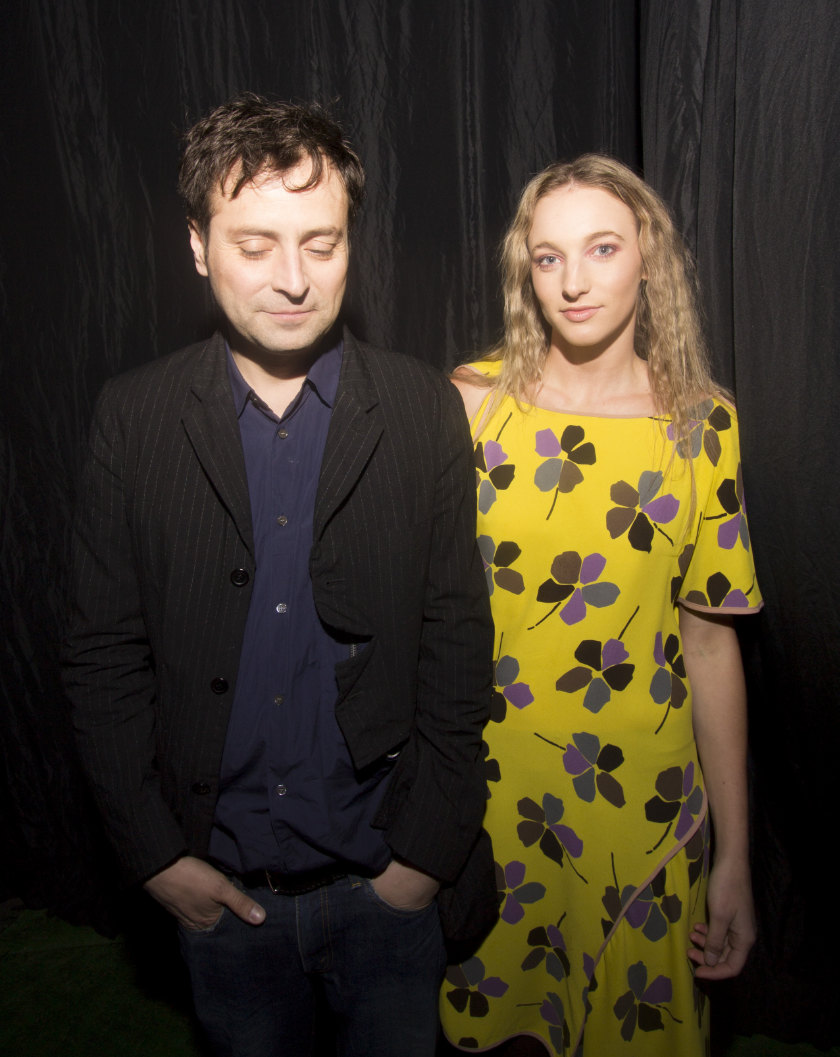
Backstage Designer Paulo Melim Andersson as guest of honour at ID Dunedin Fashion Week
Chris Park of the Park Brothers is a special guest contributor for Lucire.
When you’re in a remote southern city of what is probably the furthest country from Europe and you have the opportunity to interview Paulo Melim Andersson over a few glasses of wine at the iconic Southern Cross Hotel, you take it. One of the guest judges for the ID Emerging Designer Awards, Andersson has extensive experience working as a designer and creative director for well known fashion houses such as Marni, Chloé, Zadig & Voltaire, and is now working as a fashion professor at the Università Iuav di Venezia.
Truth be told, the “interview” turned into a two-way grilling, which (after the first glass of wine) turned into an esoteric conversation about my background, his time studying Victor Hugo at the Sorbonne, and the prospects of the two Koreas reuniting.
My overall impression was that Andersson is astute, yet not jaded about the fashion industry and the new generation of designers. He ended up leaving a pre-show drinks early to see if he could help two particularly promising designers sort out the presentation.
Here’s more on his show and his views on New Zealand fashion.
As New Zealanders who work in the creative industries in particular, we have a tendency to have an inferiority complex about being so isolated from the rest of the world. So why New Zealand, and why Dunedin?
I had lectured at the Otago Polytechnic 12 years ago, so I knew it was a good school and I already had a good relationship with Margo Barton (the academic leader for fashion). I came over to give a lecture at the school, and I was also asked to be on the judging panel for the Emerging Designer awards at ID.
And the show?
It’s my first time doing something like this. It was “demanded” by Margo and the ID team, so I had to come here via Sweden to pick up an assortment of pieces I have designed over the years for various fashion houses from my mother’s house.
When you pulled together the retrospective show (which Paulo refers to as his ‘mother’s wardrobe’), did you notice any trends or have any realizations about your work?
Looking at all of the pieces in one room, I notice now there is definitely a distinct “handwriting” to my work—bold colours, a certain “wonkiness”, and dark mysterious forest prints which feature across various seasons and fashion houses.
continued below
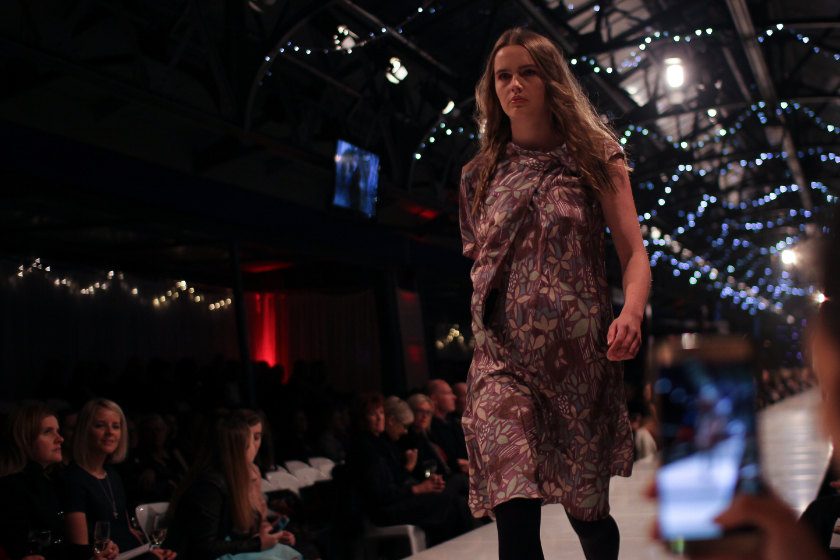
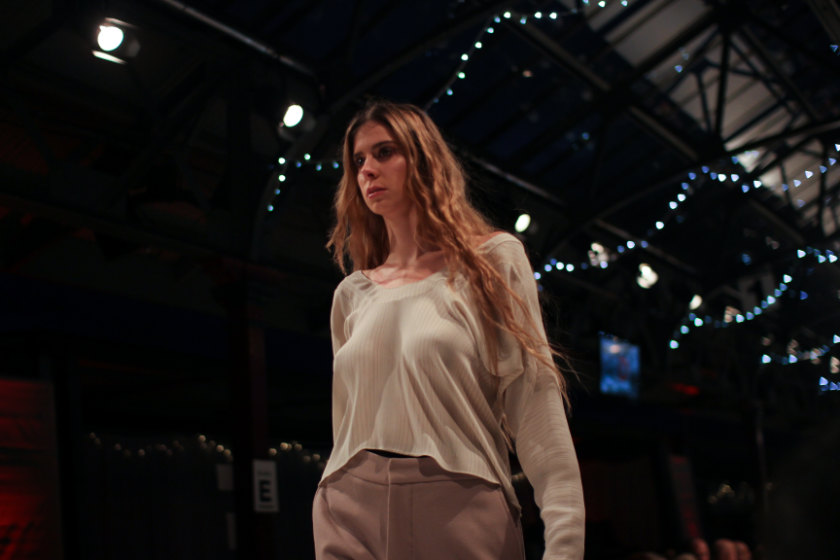
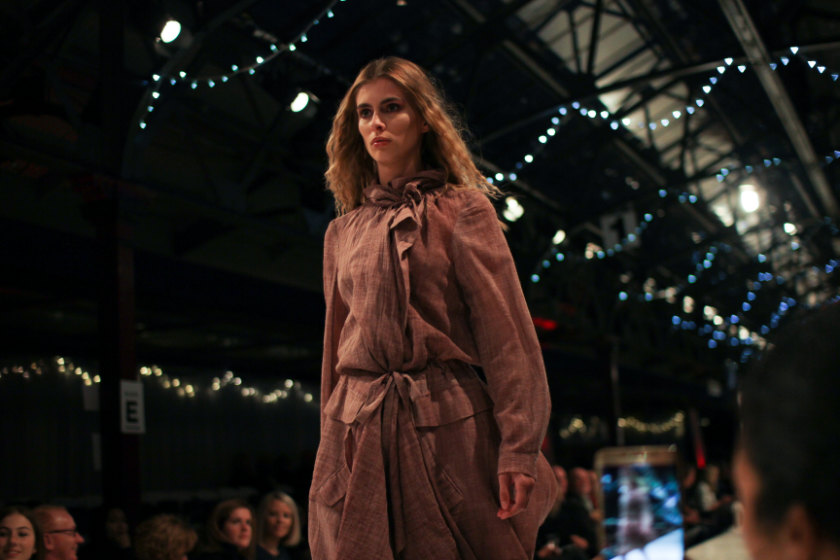
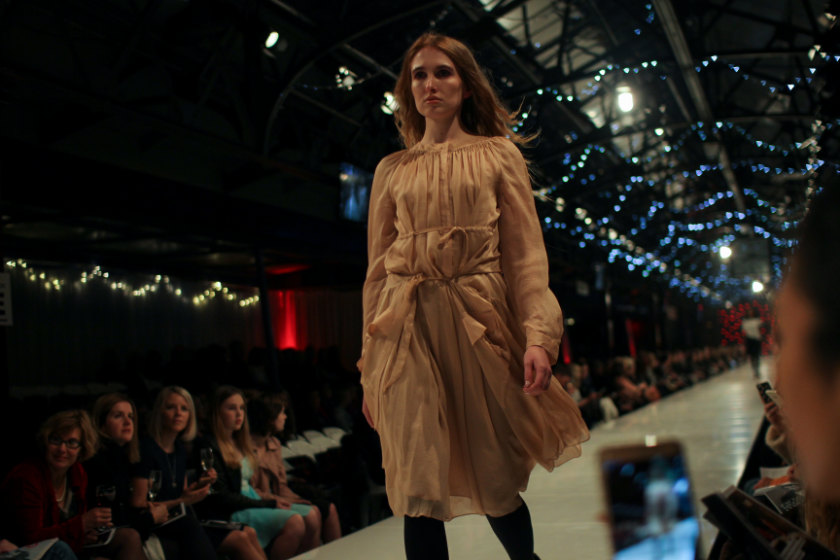
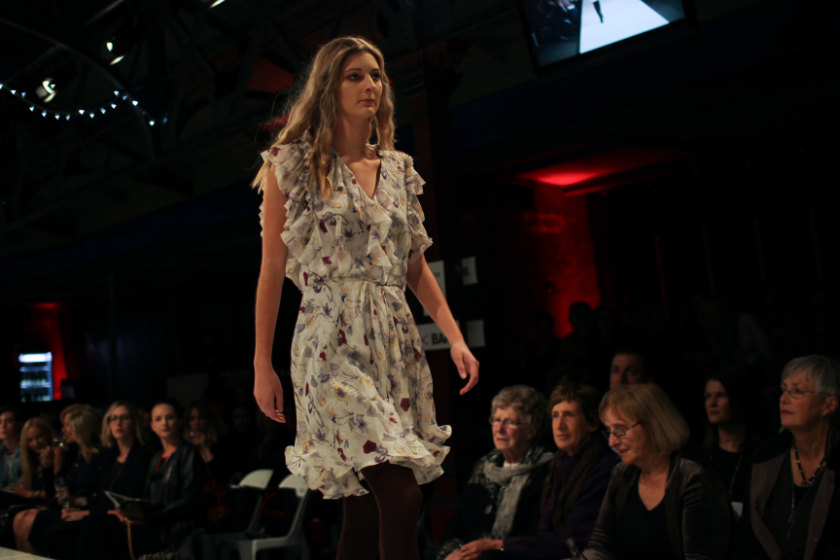
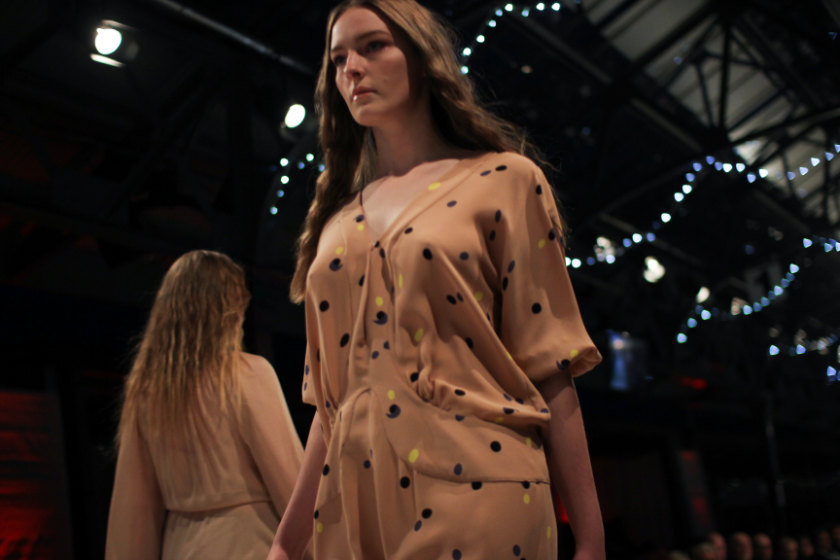
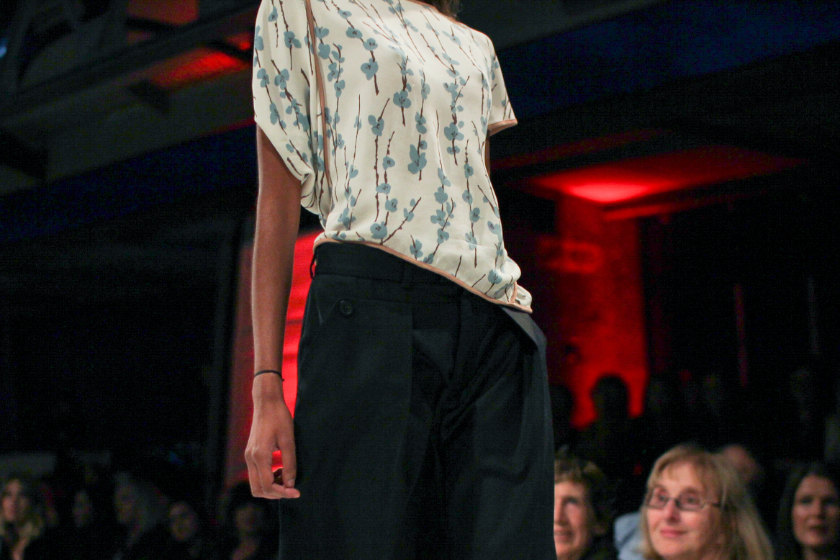
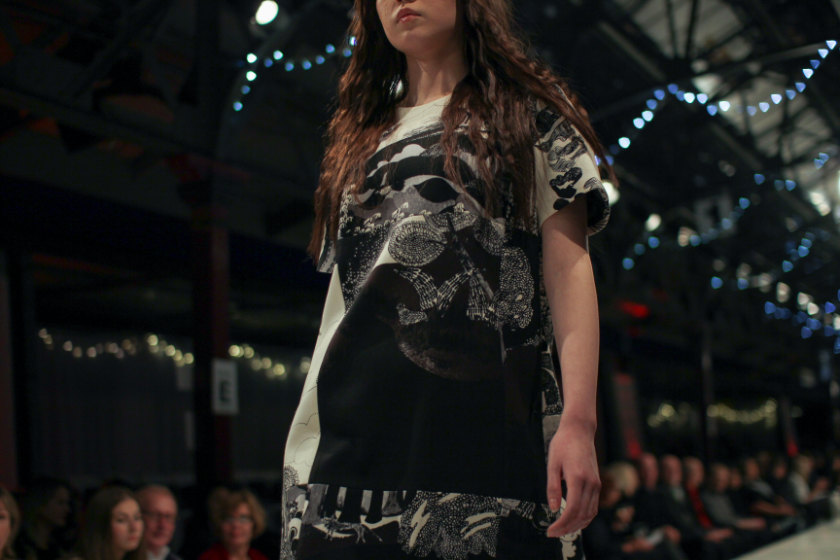
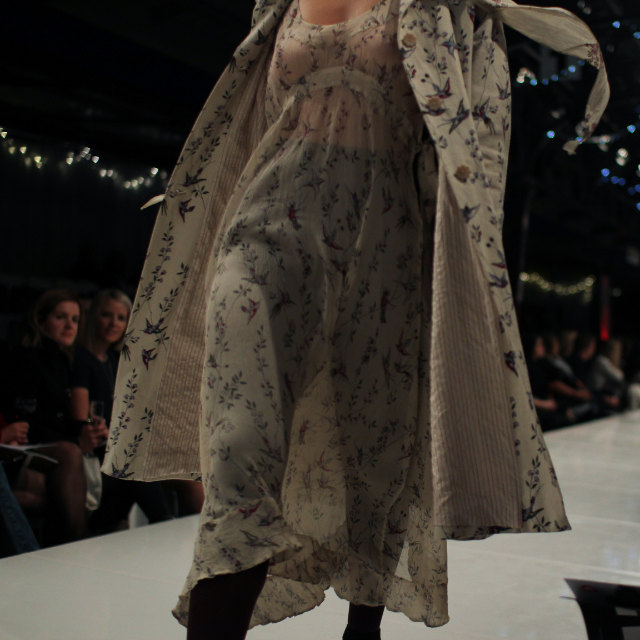
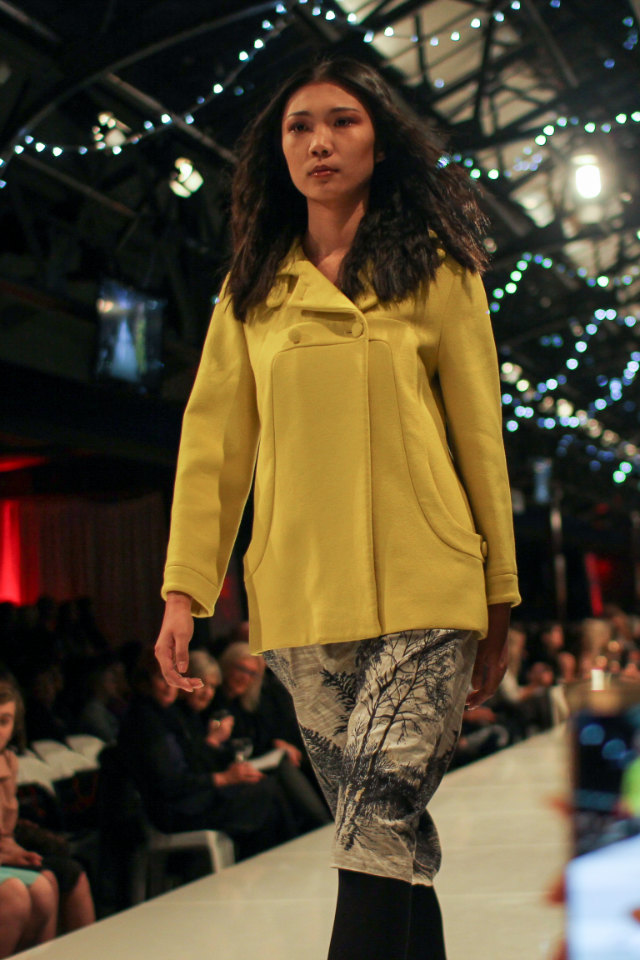
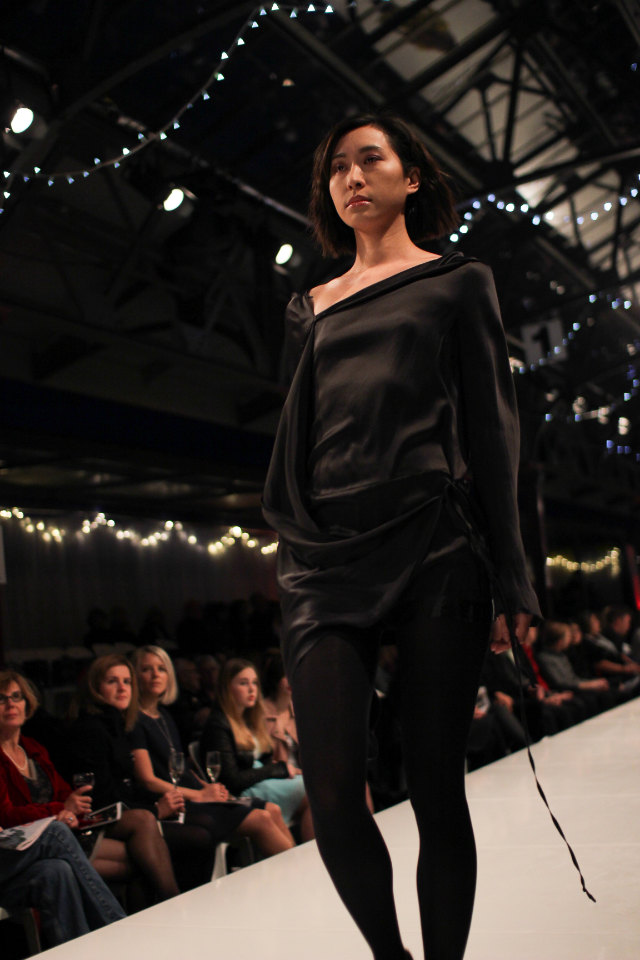 Chris Park/the Park Brothers
Chris Park/the Park Brothers
As a judge for the ID Emerging Designer Awards, what was your overall impression? Do you notice a difference between the collections designed by those who are from the old world versus the new world?
I only wish I was here earlier, to help the emerging designers. The execution was excellent and the effort put in was clear, but I could have provided some direction to improve the editing, ordering and the overall presentation skills.
There’s no difference between old and new worlds. Each one of the designers was brave and independent. But I do think that being so far away and living within such diversity encourages free thinking.
This is a quality New Zealanders are renowned for, and something that should be encouraged.
The emerging designers are at a point in their career where they have complete creative freedom. When you join an established fashion house with an existing æsthetic and heritage, how do you balance your own vision with the one the fashion house already has? Is it a burden?
No, it’s not a burden. Not if you’re intelligent, and subtle about it. You have to be respectful of the existing legacy of the fashion house as well. Like in any other job or industry, you also have to convince the others in the team.
I understand you were a tailor by training. There are many designers who have a more conceptual or fine arts’ background, who perhaps lack the technical expertise or intimate understanding of clothing construction or textiles. Do you think this is problematic?
No. If you don’t have the technical skills yourself, you need to be an amazing communicator who knows their art well. The pattern-maker or seamstress can only work with what you tell them to do.
As a professor who is working with the next generation of designers, do you see any generational differences?
No. I only see variations in the level of arrogance that some students seem to have. However I didn’t see any arrogance amongst the emerging designers who submitted their collections for the ID Emerging Designer Awards, which was great to see.
•
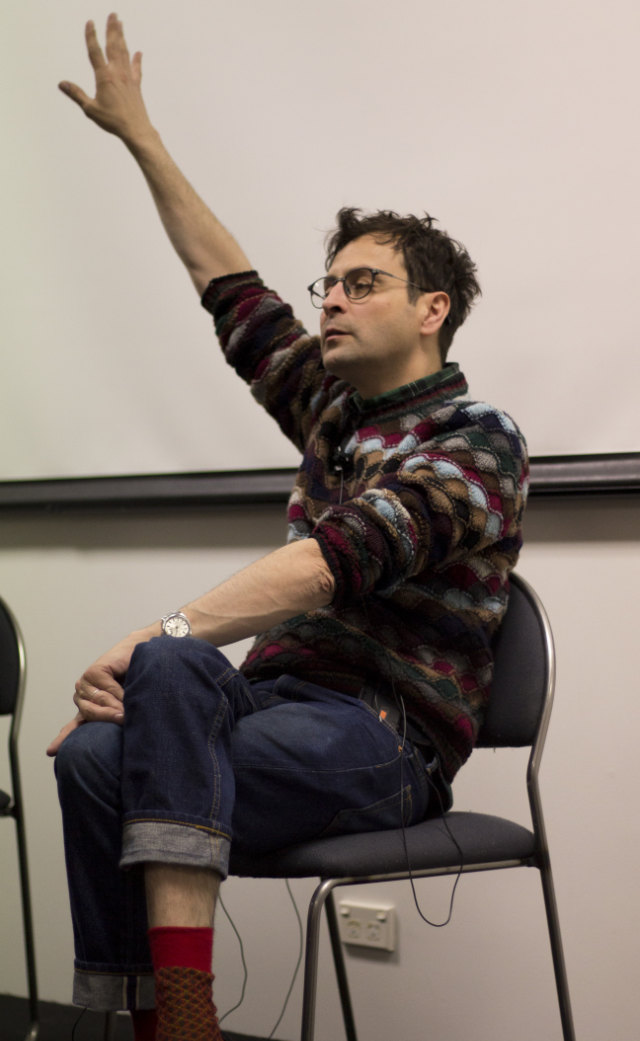
Related articles hand-picked by our editors
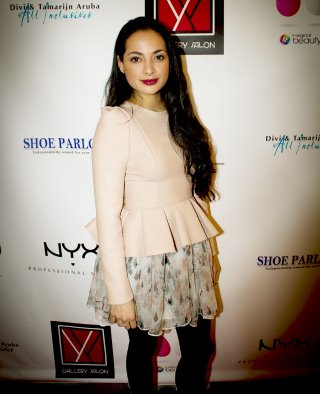 From Project to reality
From Project to reality
On the eve of showing at Mercedes-Benz Fashion Week New York, Geneviève Hole profiles Project Runway alumna Layana Aguilar
photographed by Javier Mota, Sean Williams and Thomas de Los Santos
from issue 32 of Lucire
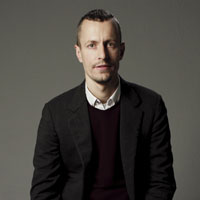 Lucas Ossendrijver: le monde à
la mode
Lucas Ossendrijver: le monde à
la mode
Lola Saab talks to Lanvin’s designer, Lucas Ossendrijver,
revealing in our exclusive interview his methods and what we can expect
from upcoming seasons
photography courtesy Lanvin
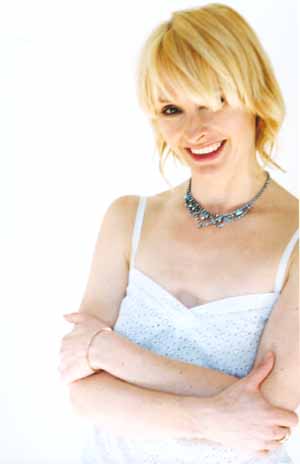 Cat among the pigeons
Cat among the pigeons
We interview Rebecca Taylor, from ‘kind of got kicked out of school’
to a $12 million label loved by Sarah Jessica Parker and others by
Carolyn Enting
Advertisement
Copyright ©1997–2022 by JY&A Media, part of Jack Yan & Associates. All rights reserved. JY&A terms and conditions and privacy policy apply to viewing this site. All prices in US dollars except where indicated. Contact us here.